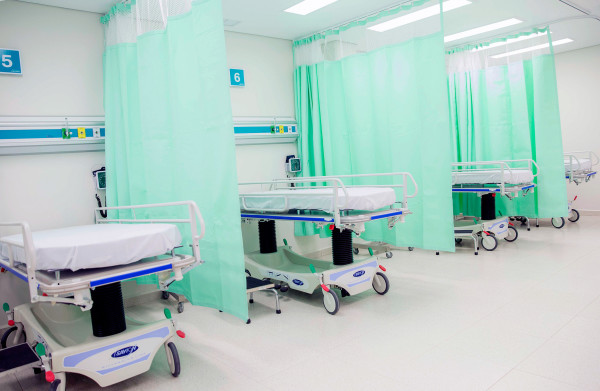Seven died in a recent outbreak of Legionnaires’ disease in New York City. The sudden outbreak, while not as deadly as recent epidemics like Ebola and MERS, poses a more serious environmental concern because Legionnaires’ disease is not contagious; rather, it is a respiratory infection spread as a result of exposure to Legionella pneumophila bacteria in contaminated water. This water can infect those who breathe in its mist or work with soil contaminated by it–both of which may factor into the rapid spread of the disease within few days. So far, over 80 people in NYC have contracted Legionnaires’ and seven, most of whom had previous medical complications, have died.
Image Source: Ghislain & Marie David de Lossy
Legionnaires’ disease can be contracted two to ten days following exposure to contaminated water, and it presents itself via symptoms including headache, muscle cramps, fever, and chills. Two or three days later, additional symptoms such as shortness of breath, confusion, and gastrointestinal issues may appear. Because Legionnaires’ can lead to serious complications and death if not treated early, 64 of the reported 81 who have contracted the disease have been hospitalized.
Since the discovery of the outbreak, public health officials have issued a statement saying that the New York City water supply is safe to drink from, and they have detectives investigating the cause of the outbreak of Legionnaires’, which is the biggest the city has seen in three years. In line with Legionnaires’ tendency to proliferate in places like hot tubs, air conditioners, and plumbing systems, current findings suggest that water-cooling towers in South Bronx served as the origin of the outbreak, as five towers have tested positive for the bacteria. The contaminated water towers bear association with several prominent locations, including the Lincoln Medical and Mental Health Center and the Opera House Hotel, which may have escalated Legionnaires’ spread. While the towers have since been decontaminated, the outbreak itself has drawn criticism from many concerning the city’s lack of preventative measures against bacteria development in public structures.
Featured Image Source: Presidencia de la República Mexicana










